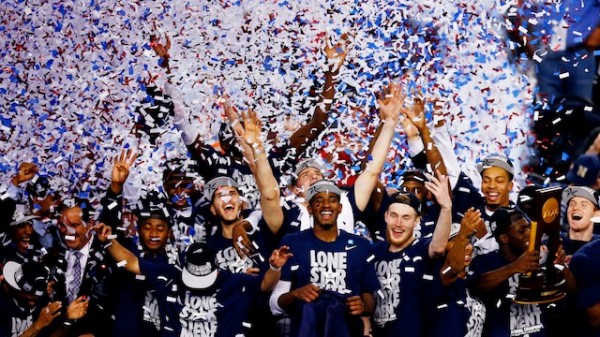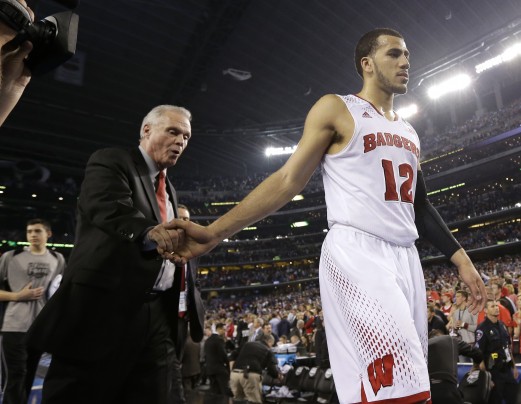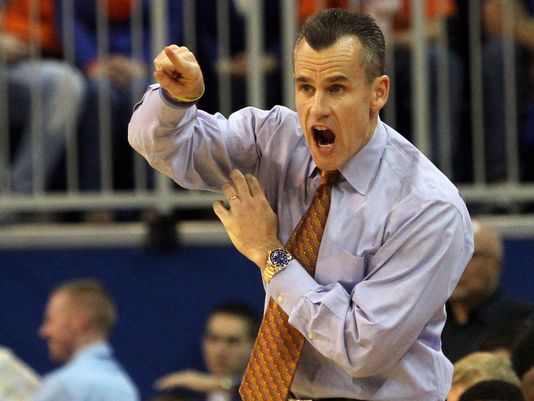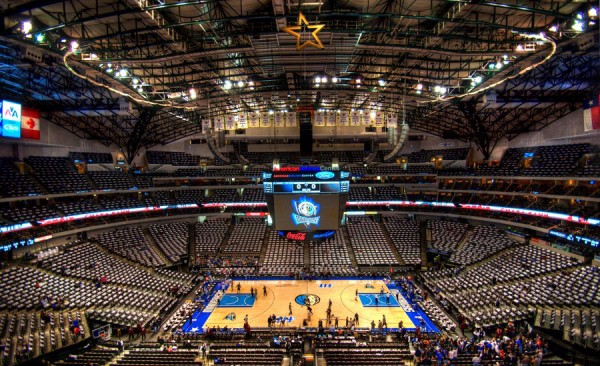After Fourth Title Since 1999, UConn Has Proven Its Blood is Pure Blue
Posted by Bennet Hayes on April 8th, 2014Elite societies are exclusive societies, and the true blue-bloods of college basketball have long been a part of a near-impenetrable coterie. They are the programs that need no introduction, the schools that we expect to see in preseason Top Tens, midseason games-of-the-week, and on the final lines of the bracket in March and April. With apologies to UCLA and Indiana (it has been too long since either school ended their season with a National Title), conventional wisdom would tell you that this dignified collection has included just four teams for quite some time now – Duke, North Carolina, Kentucky and Kansas. It has been a nice run boys, but it’s time to welcome another member to your group. After winning its fourth national title in 15 years on Monday night — twice as many as any other school during that time — Connecticut deserves mention in any conversation of the elite college basketball programs in America. With Jim Calhoun watching from the stands and Kemba Walker on a television set far away from Dallas, Kevin Ollie, Shabazz Napier and the rest of the Huskies proved – against perennial power Kentucky, no less — that the UConn program is as elite as any in college hoops.

Kevin Ollie’s Huskies Proved That The UConn Program — Now Winners Of Four Of The Last 15 National Championships — Is As Elite As Any In College Basketball (Getty)
Jim Calhoun has long been synonymous with UConn basketball. After all, Calhoun took a program that was nearly devoid of basketball history when he got to Storrs in 1986 and turned it into a national power, winning 12 times as many NCAA Tournament games in his 26 years (48) as the program had in the 85 years that preceded his arrival. Among those four dozen Tournament victories were three national titles – a nearly unthinkable feat when viewed within the greater picture of Connecticut basketball history. Many even called the Hall of Famer’s work in Storrs underappreciated when he retired in 2012, citing that blank program history and the bleak winters in tiny Storrs as major obstacles to a perennially elite college basketball program. Yet, somehow Calhoun was able to create precisely that.
However, all good things must come to an end, and the Jim Calhoun era was most certainly a good thing. His departure in 2012 brought a fork in the road for the program. One route would have been a trip back to a quiet, defeat-ridden past, where three decades of sustained brilliance would have ultimately come to reveal little more than the immense proficiency of one fantastic head coach. The other fork was more intriguing, one where continued success might actually show that Calhoun had done more than just coach a bunch of great teams. If UConn continued their winning ways, Calhoun’s legacy would be that of a program builder; he would have taken a bad job and turned it into one of the sport’s best.















































